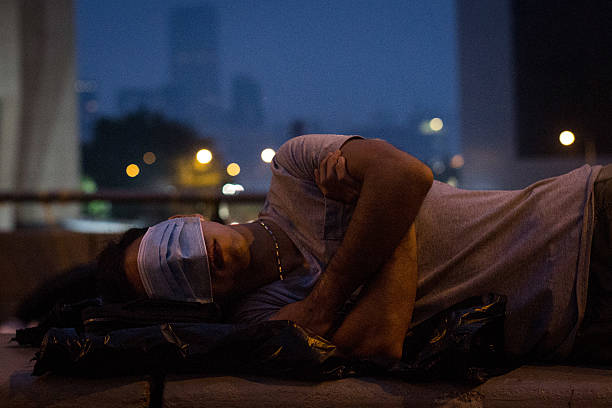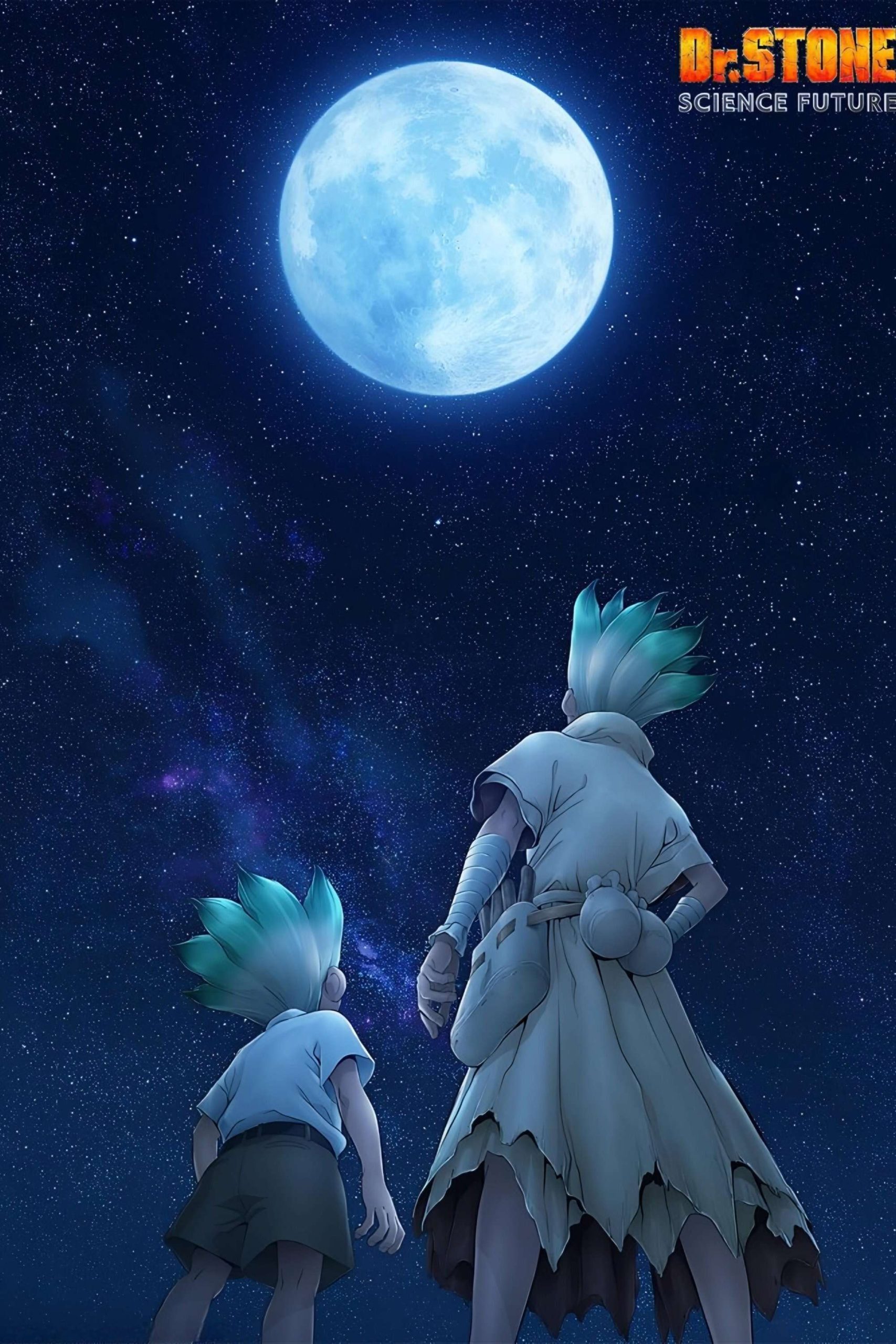
Health news of the week : Drowsiness/Sleepiness
What is Sleep?
Sleep is a physiological behavior that is common in all animal species. It forms around one third of a human life. It is not known clearly the exact functions of sleep but it seems to be essential for survival as prolonged sleep deprivation leads to severe physical impairment followed by cognitive loss and eventually death.
Sleep disturbances are important clinically as they are indicators of almost all types of psychiatric ailments.
Sleep is a state where awareness to environmental stimuli is reduced. Sleep is different from states of coma, hibernation and death by the fact that it can be rapidly reversed.
Phases of sleep
Like most other mammals, humans also show two types of sleep:-
Rapid eye movement (REM)
Non-rapid eye movement (NREM) sleep
Both these types of sleep have distinct features when evaluated using electroencephalogram or EEG.
EEG monitors the brain activities and electrical impulses within the brain during awake state and during sleep. REM and NREM sleep also differ from each other in terms of physical characteristics.
For example, during REM sleep the frequent bursts of eye movement activity occur. During REM sleep the EEG shows patterns similar to those when the person is awake. Thus it is a paradoxical state of sleep when the brain appears to be awake in terms of EEG but the individual is in deep sleep.
During NREM sleep there is decreased activation of the EEG. This is also called orthodox sleep. The brain appears to be calm.
Stages of sleep
Sleep is classified into stages. Each of the stages are almost distinct and for a cycle of sleep. These cycles tend to repeat more than once every night as the person sleeps.
To check the stages and phases of sleep visual scoring of three parameters are used. These include:-
EEG – Records the brain’s electrical activities
Electrooculogram (EOG) – this instrument records the eye movements
Electromyogram (EMG) – this records the muscle tone and movement as the person sleeps. The records are made with a probe beneath the chin.
When a person is awake the there is a low voltage fast activity or activated pattern on EEG. There are eye movements and blinks despite closed eyes. These eye movements are voluntary. The EMG shows a high muscle tone. The EEG shows alpha activity (8-13 cycles per second).
Four stages of sleep
Once the sleep sets in there are four stages of sleep. Stage 1 sleep is the initial NREM phase. Here the alpha activity is lost. The pattern changes to low voltage mixed frequency EEG pattern and there are prominent theta activity (3-7 cps) with sharp waves interspersed on EEG. Eye movements slow down and muscle tone decreases.
During stage 1 the person is aware of the surroundings and may be roused easily. There may be sudden muscle contractions and a sense of falling or dreams.
Stage 1 lasts for a few minutes before progressing to stage 2. Here the EEG shows appearance of sleep spindles (12-14 cps) and K-complexes. These K complexes are high amplitude negative sharp waves followed by positive slow waves. This is also an NREM stage and is the beginning of sleep as perceived by the person.
Stage 2 is followed by stages 3 and 4. The EEG shows slow waves (< 2 cps in humans). Stage 3 and 4 are also referred to as slow wave sleep (SWS), delta sleep, or deep sleep. Arousal at this stage is difficult. Eye movements reduce as the person progresses from stages 2 to 4. EMG shows decreasing muscle tone.
After stages 1 to 4 of NREM sleep comes REM sleep. During REM sleep the EEG appears to be similar to stage 1 NREM sleep. There are theta waves (3-7 cps) and loss of muscle tone. The eyes move rapidly in bursts and there may be muscle twitches.
Duration of sleep
The amount of sleep varies among individuals. The usual requirement of sleep is around 7-9 hours of sleep per night. Some individuals may function well with less than 6 hours per night while some may need around 12 hours of sleep.
Types of Sleep Disorders
Sleep plays an essential part in maintaining health. There are several disorders and disturbances that affect the duration and depth of sleep. In adequate sleep or over sleep can cause numerous behavioral and cognitive problems. Some of the sleep disturbances include:-
Insomnia
This is the commonest sleep disorder. This usually means the inability to initiate or maintain continuous sleep.
Insomnia affects nearly 40% of women and 30% of men. It affects over 50% of people over the age of 65. Insomnia may be loss of quantity (number of hours) and/or quality (depth) of sleep.
In the elderly insomnia may be due to frequent arousals and reversal of sleeping hours from night to day.
Insomnia may be caused by three important factors:-
Psychophysiologic factors – resulting from age, stress and emotional changes. Psychophysiological insomnia is commonly seen when the patient worries excessively about his/her inability to sleep all night and increases the risk of a sleepless night. There is usually resultant short sleep time, daytime fatigue, and irritability.
Organic factors – loss of sleep due to other diseases and disorders like heart disease, asthma, snoring, obstructive sleep apnea etc. Other medical disorders include those that cause pain like arthritis, peptic ulcers, and parkinsonism.
Psychiatric disorders – loss of sleep due to presence of psychiatric problems like depression, anxiety disorders, bipolar disorder etc.
Insomnia can manifest in several ways. Some may suffer from transient insomnia that usually lasts just a few nights. This is commonly caused by an emotional change, stress, anxiety, shift work or jet lag etc.
Chronic insomnia lasts longer than a month. The symptoms of insomnia rarely require confirmed diagnosis. Acute insomnia generally does not require a sleep study for confirmed diagnosis.
In cases where insomnia is present for at least 6 months and there is no response to behavioral, medical, or psychiatric treatment, a sleep study is needed.
Excessive Sleepiness
While insomnia is a common form of sleep disturbance, excessive sleepiness especially during daytime is another common complaint in sleep clinics.
The causes include sleep apnea, narcolepsy or disorders of the nerves including head injury, myotonic dystrophy, Parkinson’s disease, Alzheimer’s disease, postviral infection and developmental disorders.
Parasomnias like sleep-walking, talking in sleep, grinding teeth while sleeping (bruxism) may also result in day time sleepiness.
For diagnosis of these conditions the multiple sleep latency test (MSLT) is employed along with polysomnogram to check for adequacy and pattern of sleep the night before. History from the bed partner or family is also important.
Obstructive sleep apnea
This type of disorder occurs when there is complete or partial obstruction of the upper airway. This may be of varying severity ranging from snoring to severe obstruction and arousal from sleep. This leads to interrupted sleep and day time sleepiness.
Narcolepsy
Narcolepsy occurs in young adults in their second to third decades of life. It affects men and women equally. There is excessive daytime sleepiness, paralysis of the muscles during sleep, hallucinations during sleep and cataplexy (abnormal movements, emotional changes etc.). The patient may be awake but be completely paralyzed – unable to move and experience hallucinations.
Circadian Rhythm Sleep Disorders
These are problems that are associated with timing of sleep and wakefulness. The human body has its own clock called the circadian rhythm. This resides in the suprachiasmatic nucleus (SCN). This clock regulates the sleep and wake rhythms of the body. Types of circadian rhythm sleep disorders include:-
Delayed sleep phase disorder – this is seen when a person regularly goes to sleep and wakes up more than two hours later than is considered normal. Those who typically sleep late at night (or early next day e.g. 3 AM) and wake up late in the morning or noon are said to have this condition.
Advanced sleep phase disorder – this is the opposite of delayed sleep phase disorder when a person goes to sleep several hours earlier than normal. The person may go to sleep between 6 to 9 PM and wake up between 2 to 5 AM.
Jet lag disorder – this occurs when a person travels from one time zone to another. In this new location the person needs to sleep or wake at different times from what his or her body clock is used to. The problem is more severe if more number of time zones are crossed. Jet lag affects all age groups but elderly tend to suffer more than the young adults.
Shift work disorder – shift work disorder is seen in persons who work on night shifts. While the person may feel sleepy during his or her shift, trying to sleep during the day when off duty is a challenge. Rotating shifts also compound the problem of sleep deprivation.
Irregular sleep-wake rhythm – this occurs when a person has too many nap times in their 24 hours cycle and do not have a complete restful all-night sleep. There may be insomnia as well as excessive sleepiness.
Free-running sleep disorder – this is seen when there are variable sleep-wake cycles that tend to shift to a later time every day. Occasionally, the disorder is associated with mental retardation or dementia.




























Post Comment